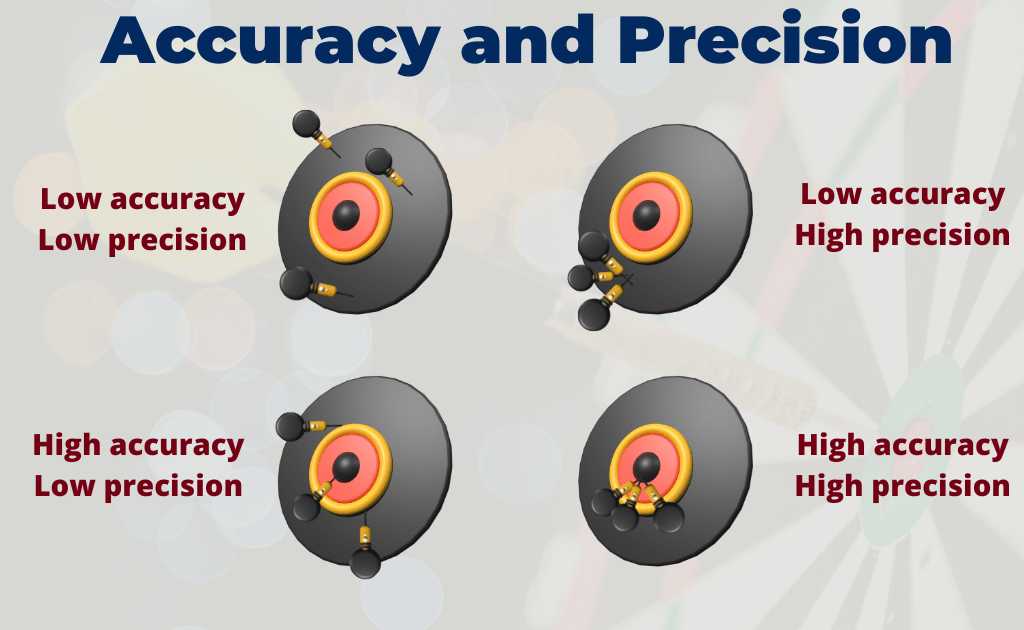Sources of Errors in Titration
Written by Adeel Abbas What is errors in titration? Errors in titration refer to inaccuracies or uncertainties that can occur during the process of titration Definition Errors in titration can result from inaccurate measurements, equipment imperfections, or human mistakes. Common types include random errors, systematic errors, and environmental factors, all of which can impact the … Read more
